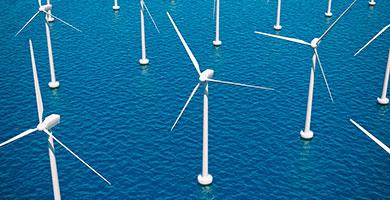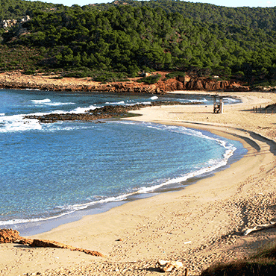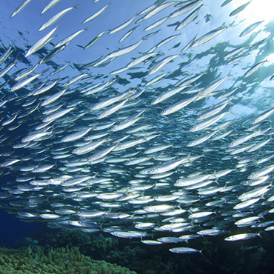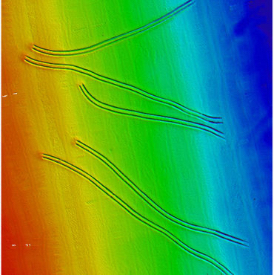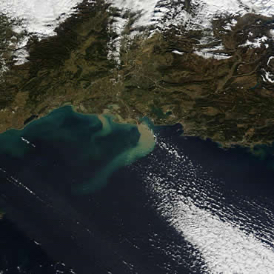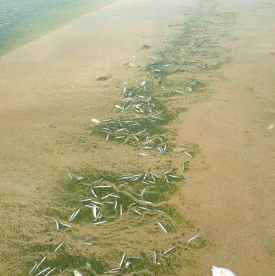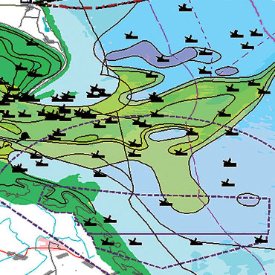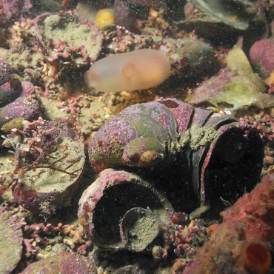 The Baltic Sea Checkpoint was a sea basin monitoring system assessment activity aiming to support sustainable growth in the Blue Economy by assessing the potential of current marine observation and data services to address targeted end-user applications. The project ran from 2015-2018.
The Baltic Sea Checkpoint was a sea basin monitoring system assessment activity aiming to support sustainable growth in the Blue Economy by assessing the potential of current marine observation and data services to address targeted end-user applications. The project ran from 2015-2018.
The overall aim of this project was to
- examine the current data collection, observation, surveying, sampling and data assembly programs in the Baltic Sea basin
- assess and demonstrate how they can fit into purpose in the 11 challenge areas in terms of data uncertainty, availability, accessibility and adequacy
- deliver the findings to stakeholders through an Internet portal with dynamic mapping features and a stakeholder workshop.
The Baltic Sea region was defined by the Marine Strategy Framework Directive, i.e., the semi-enclosed sea bounded by the parallel of the Skaw in the Skagerrak at 57°44.43'. Through demonstrating how data (mainly in-situ, incl. satellite and model when necessary) was fit-for-purpose in 11 challenge areas, it examines the availability, accessibility, uncertainty and adequacy of the data, especially from EMODnet thematic database and Copernicus marine data e.g. MyOcean. The project was divided into 17 Work Packages (WPs), including 11 challenge area WPs, Portal WP13, Literature review WP1, Data adequacy report WP 15, Panel organization WP14 and Stakeholder workshop WP16 and Project Management WP17.


